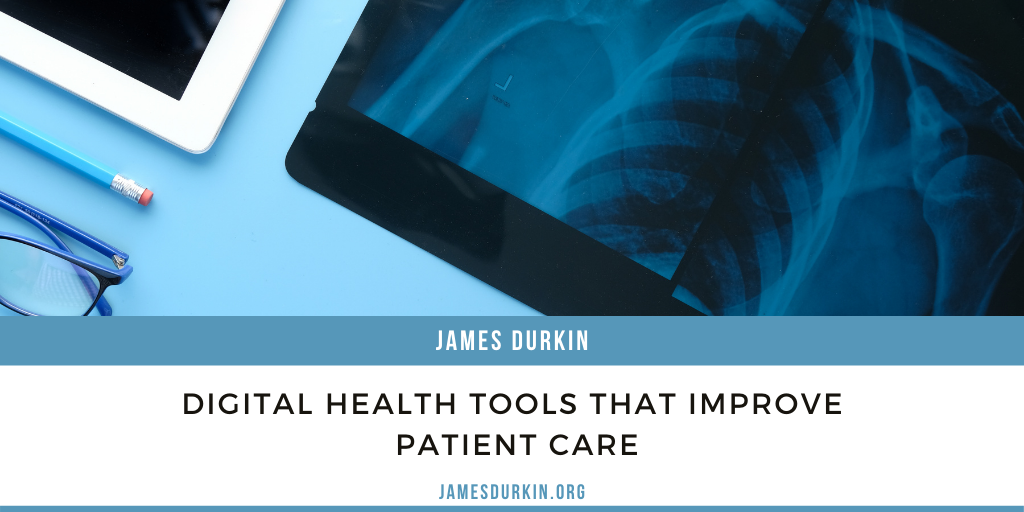The global health crisis has pushed medical professionals and facilities to their breaking point. Fortunately, various digital tools can help doctors improve patient treatment and outcomes.
Due to the rising cost of healthcare, lack of access to insurance, and income insecurity, many individuals do not have proper and regular medical care. Telemedicine allows people to receive medical consultations from the safety and comfort of their own homes. With telemedicine, patients and their doctors can communicate more efficiently, manage chronic conditions, fill prescriptions, and even diagnose illnesses. Telemedicine is a cheaper and more convenient option for patients, though it is certainly not a solution that everyone can readily utilize. Despite not being perfect, telemedicine still helps medical professionals provide information and care to millions of individuals who might otherwise go without it.
The tremendous pressure placed on health professionals and hospitals by Covid-19 has demonstrated the necessity of automation. There are potential solutions in the works that will hopefully help alleviate some of the burden experienced by doctors and other healthcare professionals. This effort includes developing artificial intelligence programs to gather and utilize patient data to determine medical interventions and reduce medical staff workload. Some regions have been using chatbots to help take patient information and triage. These bots have allowed medical workers to limit their exposure to Covid and use resources more effectively.
There is also a program that examines chest X-rays and identifies pneumonia in patients infected with Covid. The USCD health team developed the AI, and it has already managed to streamline the clinical decision process. As a result, doctors can use their time to provide more care to patients.
The use of RFID (radio frequency identification) can benefit patients and doctors. When placed on medical equipment, medication, and patients, RFID allows medical staff to track them down quickly in case of an emergency. They reduce errors in patient care and ease resource management. The use of RFID has resulted in fewer patients receiving incorrect medications or staff wasting time looking for medical equipment.
The use of digital tools has allowed medical professionals to care for more patients at higher levels of quality. The Covid crisis has only exacerbated the need for automated and virtual health solutions. Fortunately, these technologies seem to be growing in their sophistication and efficiency by the day.

